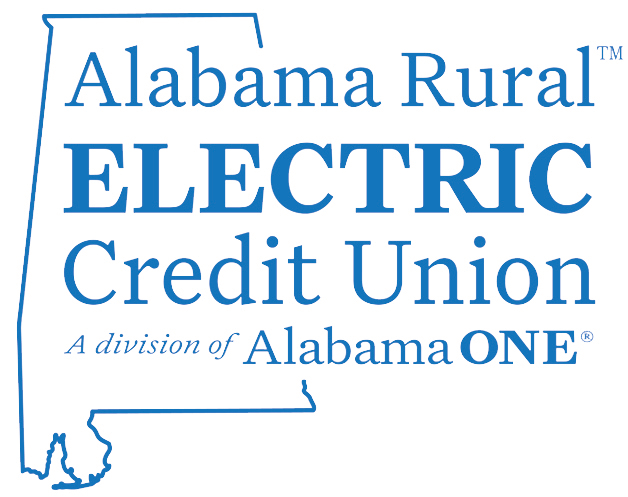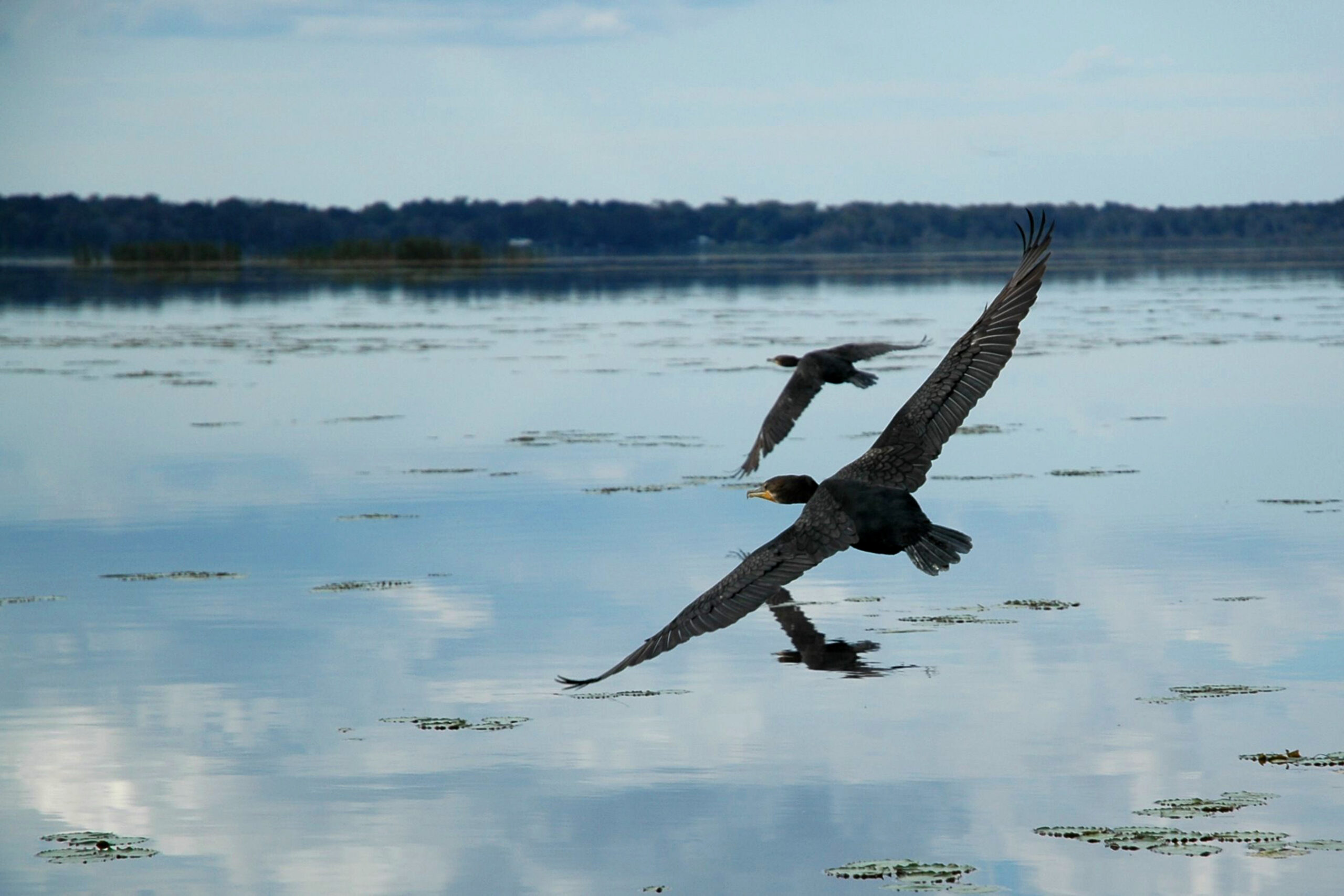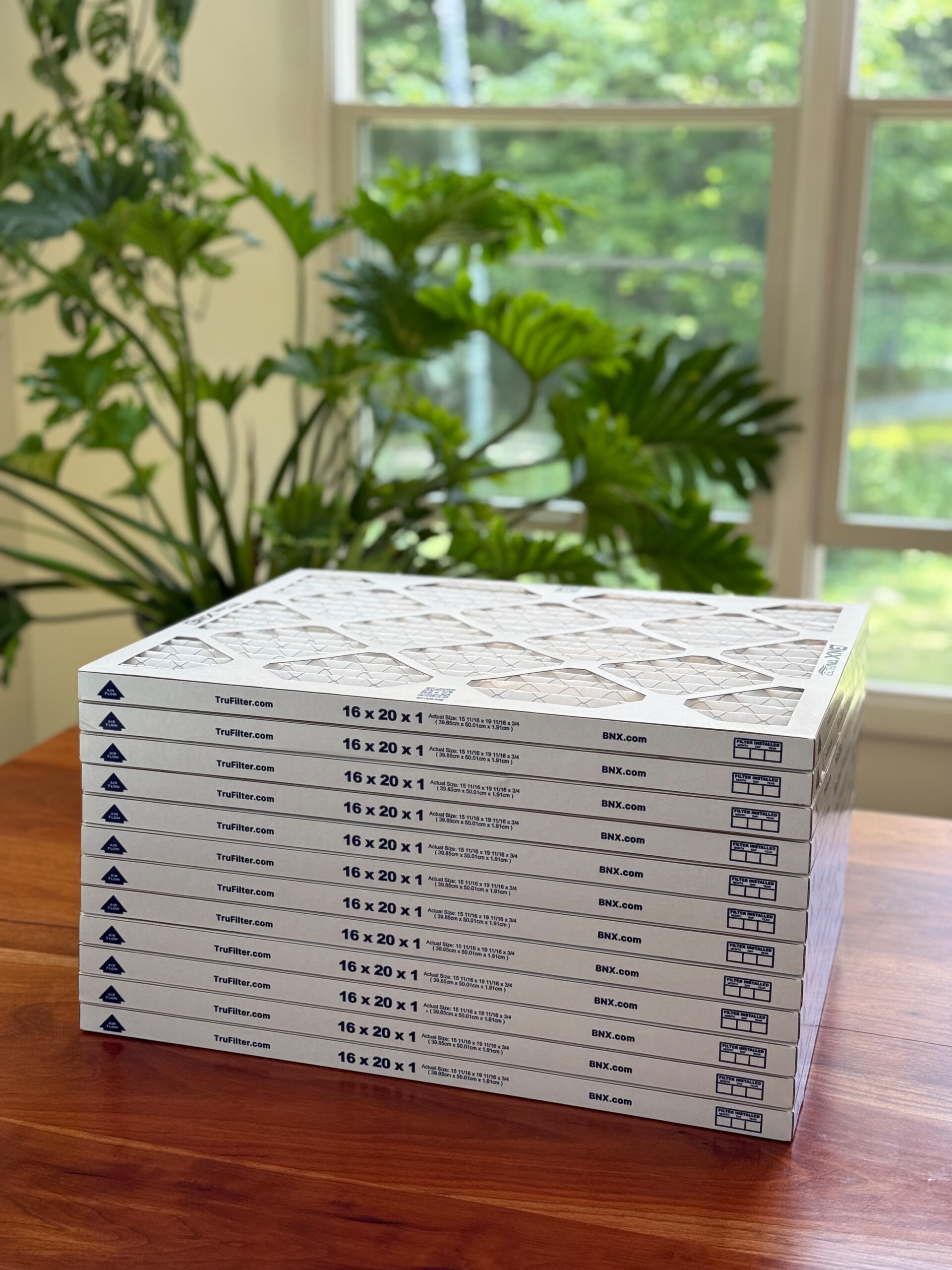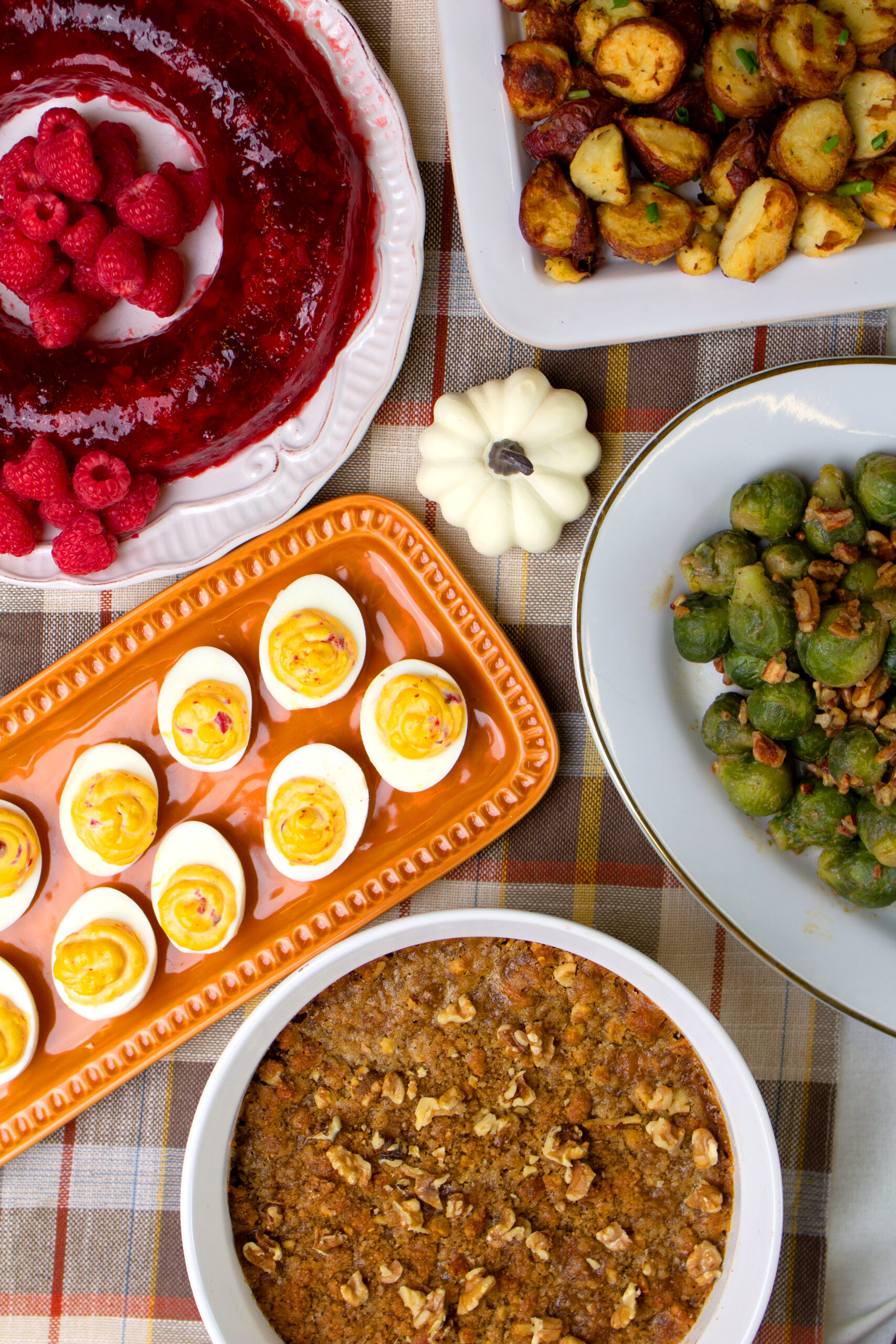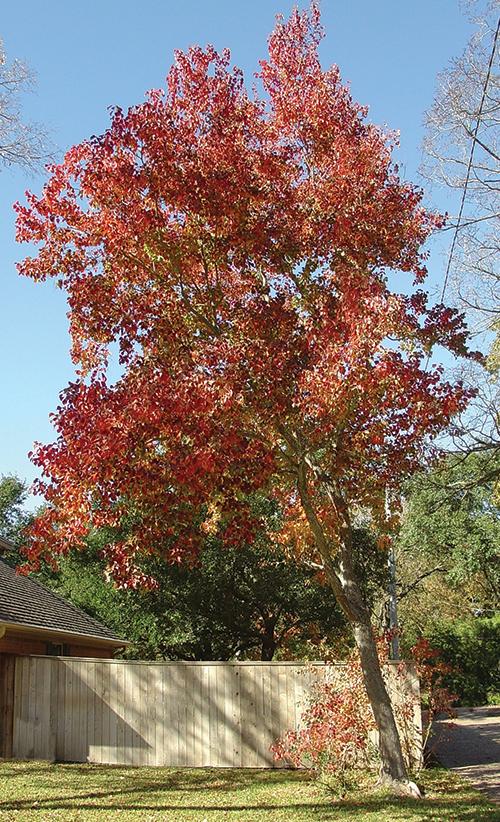Collectives and Cooperatives Support Artistic Talent
By Colette Boehm
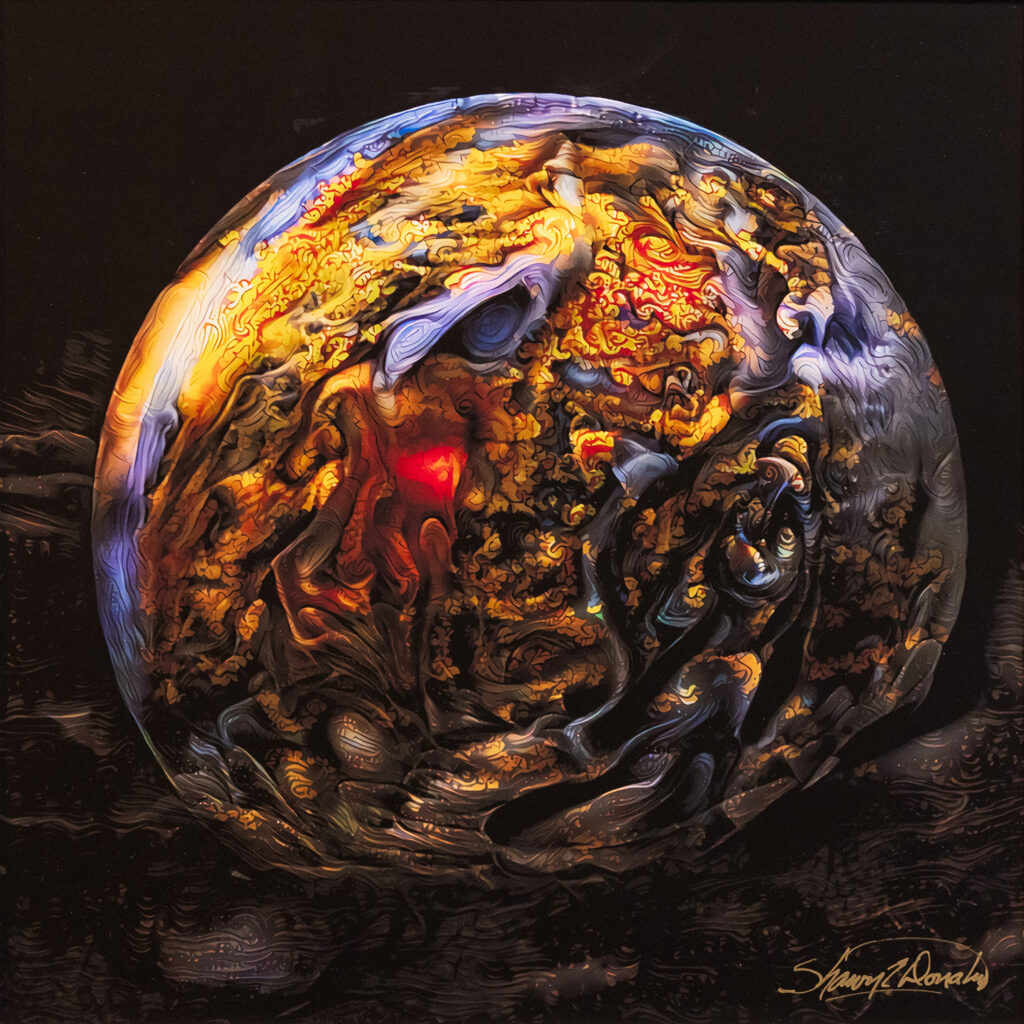
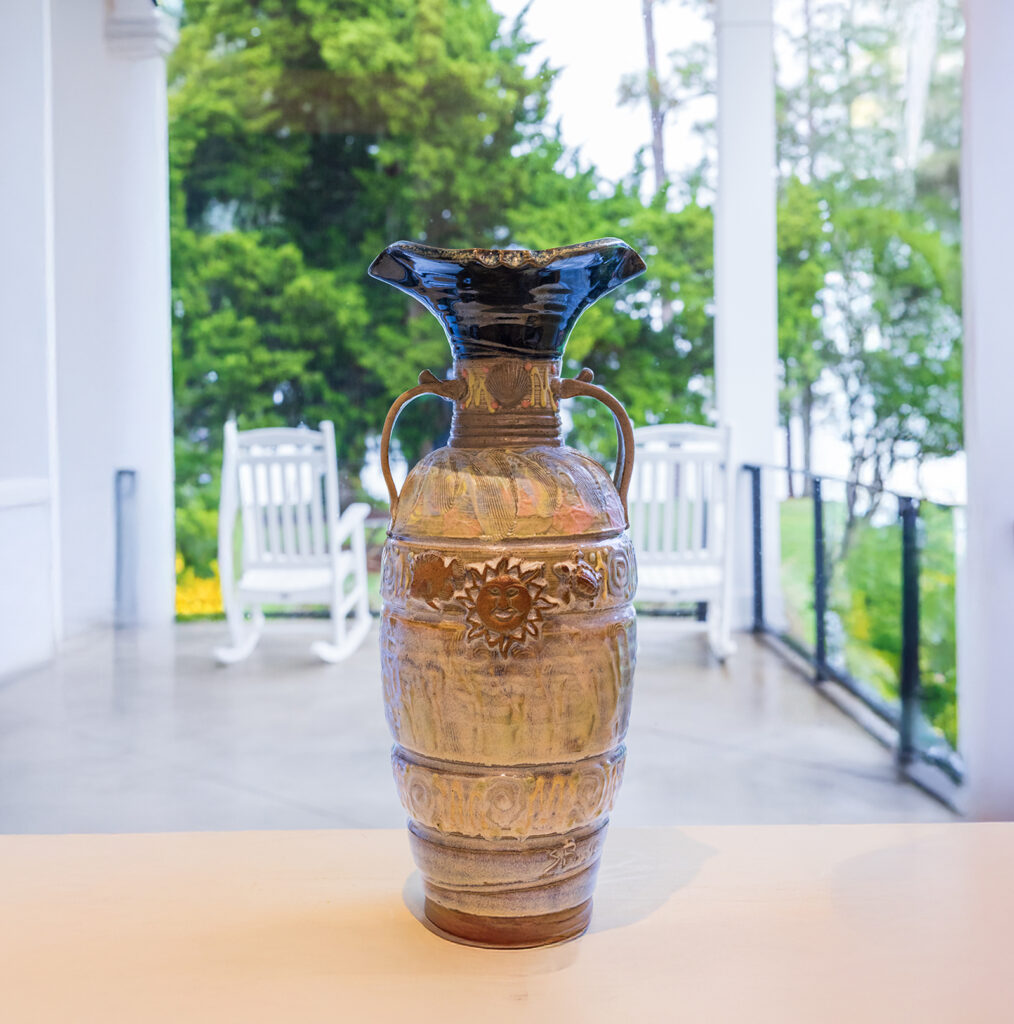
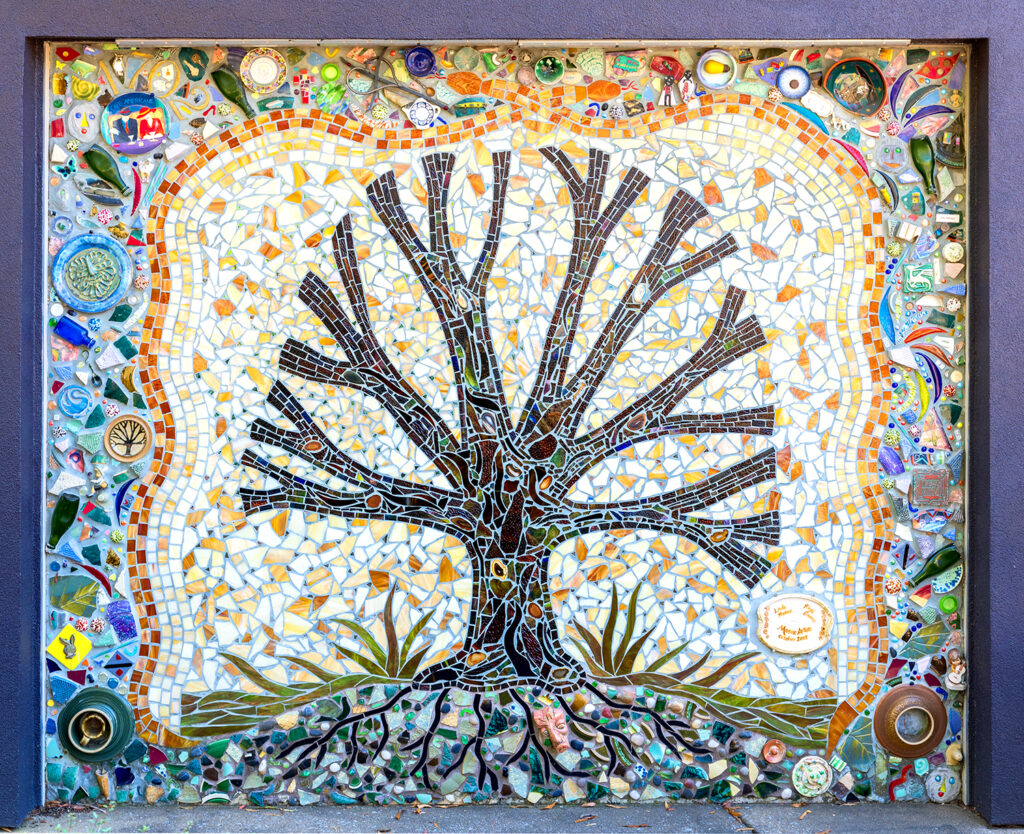
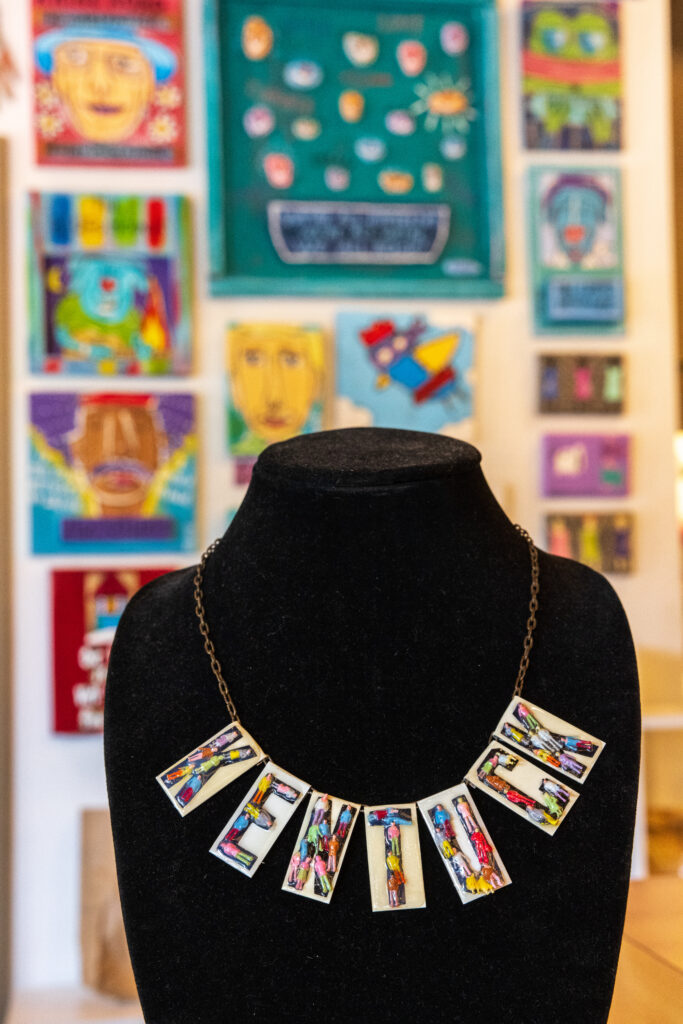
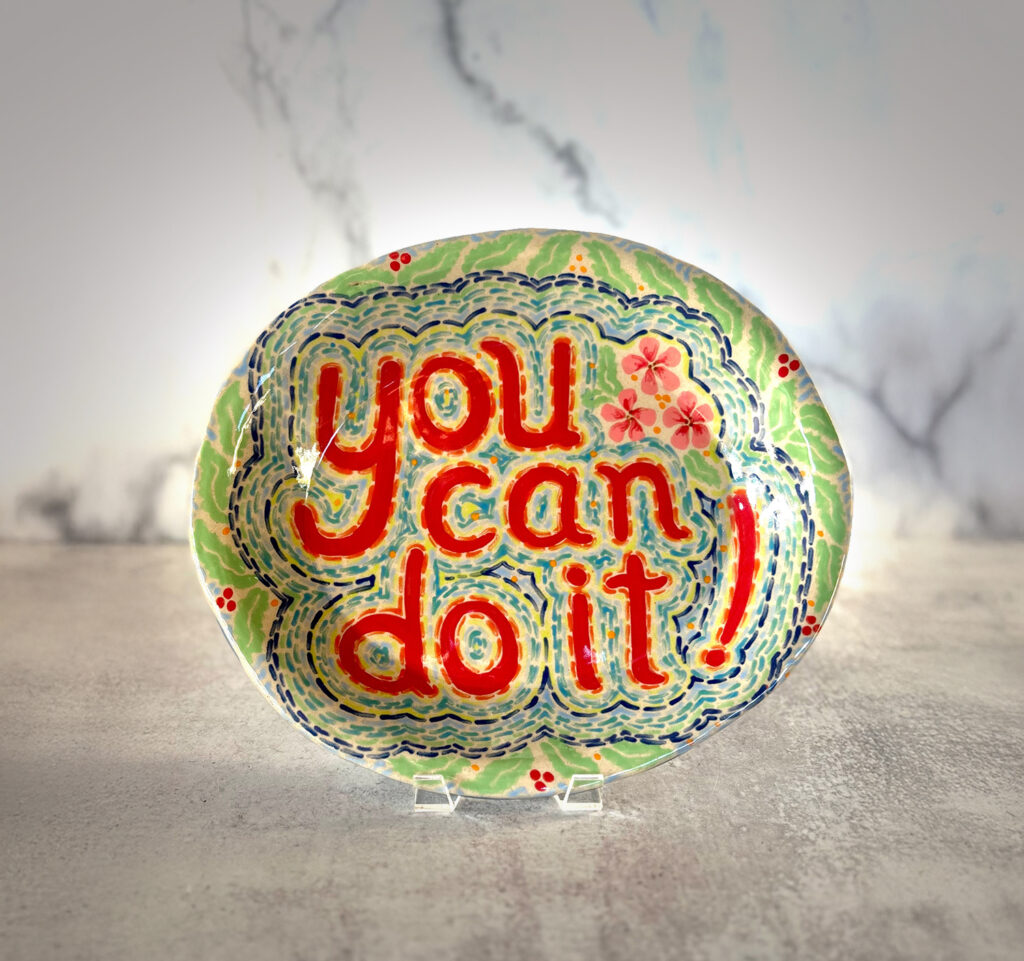
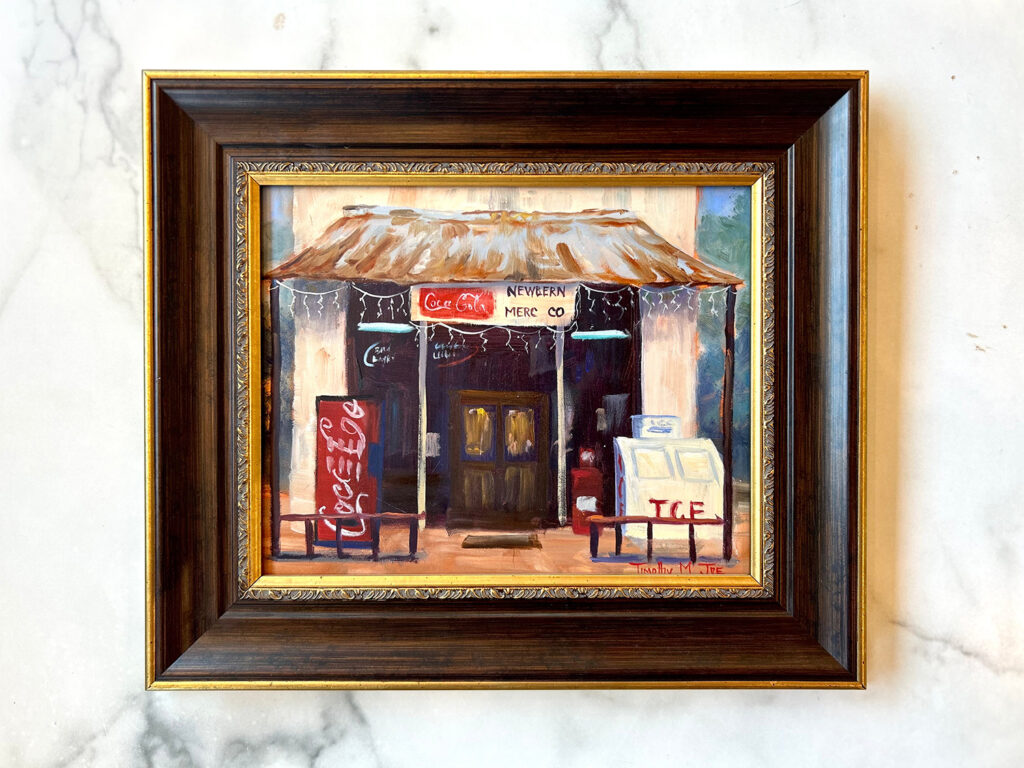
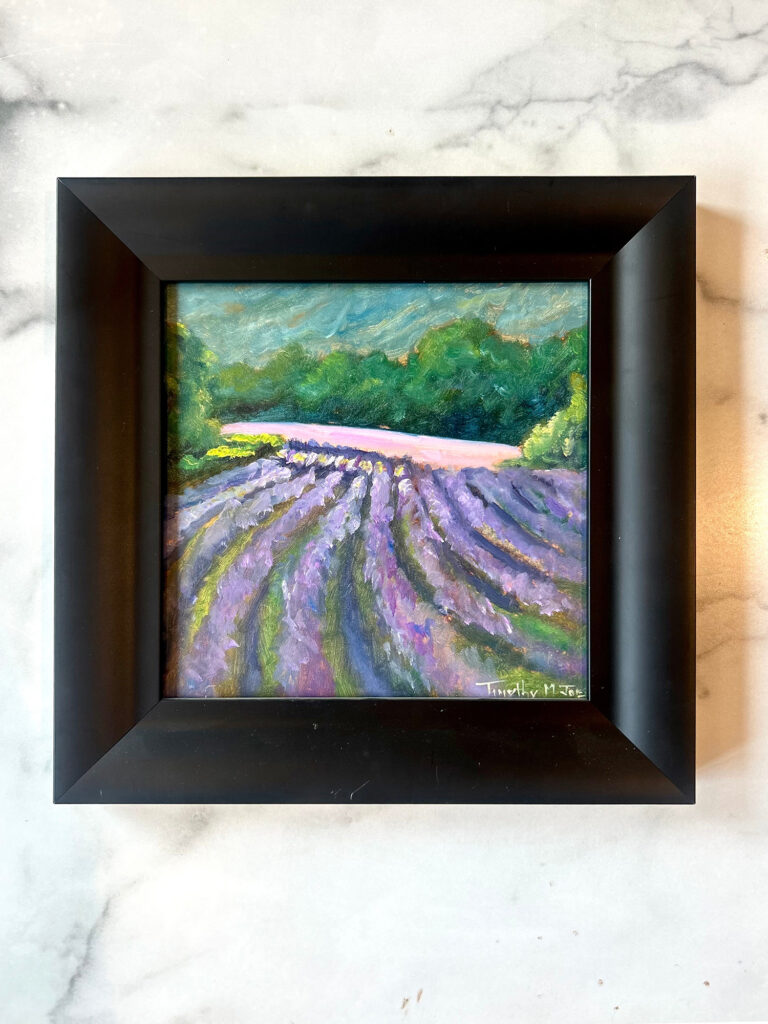
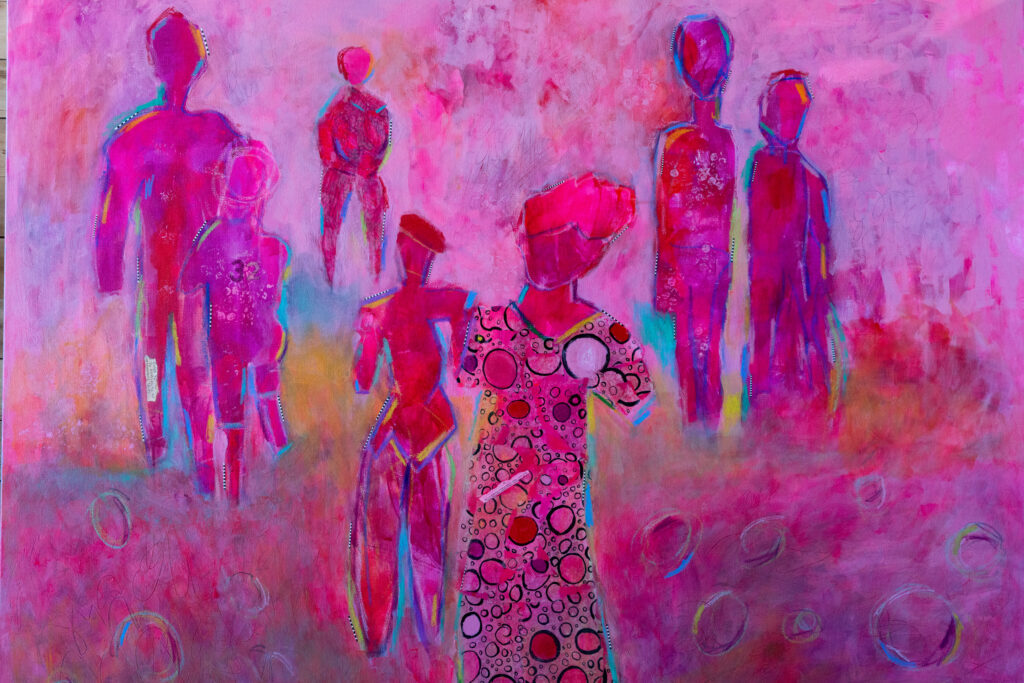
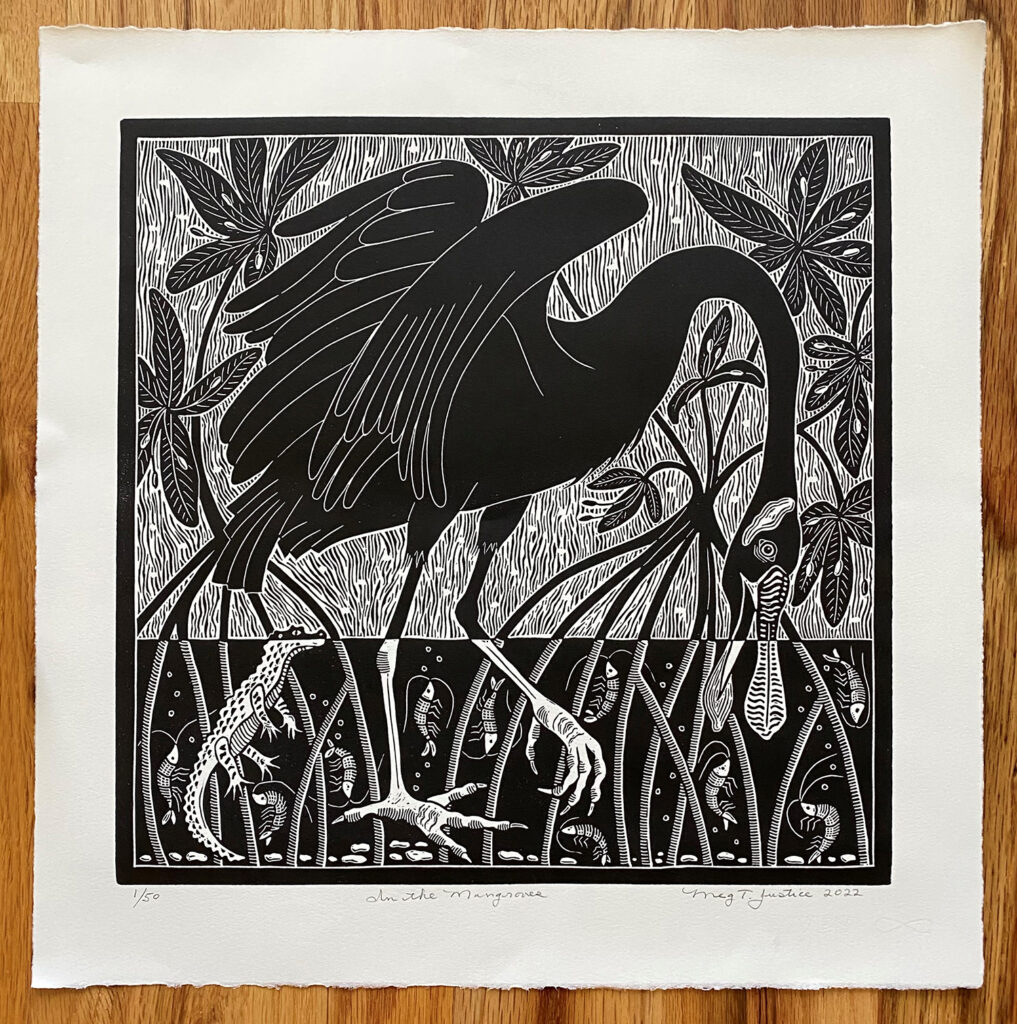
Alabama’s art cooperatives, collectives and galleries celebrate talent, diversity, and inspiration throughout the state. The organizations supporting artists are as varied as the work they display. In premiere galleries, small co-ops and working studios, from the state’s mountainous regions in the north to the beaches on its coast, these organizations and facilities are dedicated to supporting and promoting an amazing assortment of art and an arts community that is flourishing.
The arts are alive and well in Selma and the surrounding community, thanks to ArtsRevive, a non-profit incorporated in 2003. Executive Director Becky Youngblood is animated when she talks about the myriad ways the membership-based organization has worked for the past 22 years to celebrate the rich cultural diversity and talent in their area, which has spurred economic and community redevelopment.
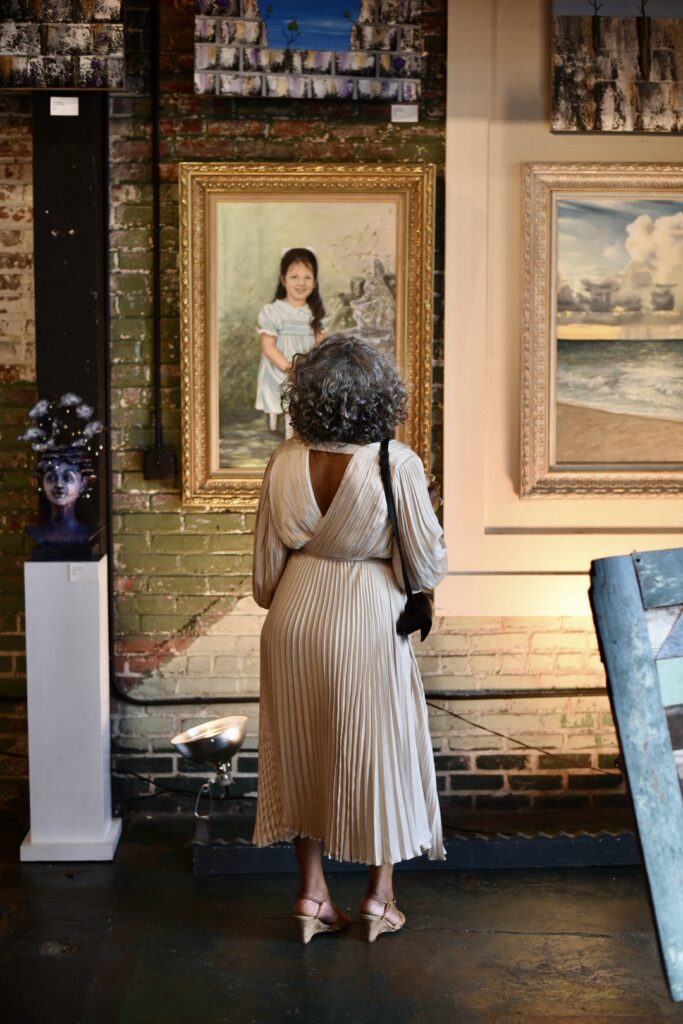
“We hired our first executive director in 2012 and now have five employees,” she says. “We’ve repurposed four buildings in downtown Selma, we partner with the city and county schools as well as the Edmundite Missions to provide arts education, we built a community garden, have growing programs in pottery and quilting, and we take over 200 children to see the Alabama Symphony Orchestra in Birmingham.” The quilters have donated more than 150 quilts to the Sabra Sanctuary, Bloom House and local nursing homes, among others.
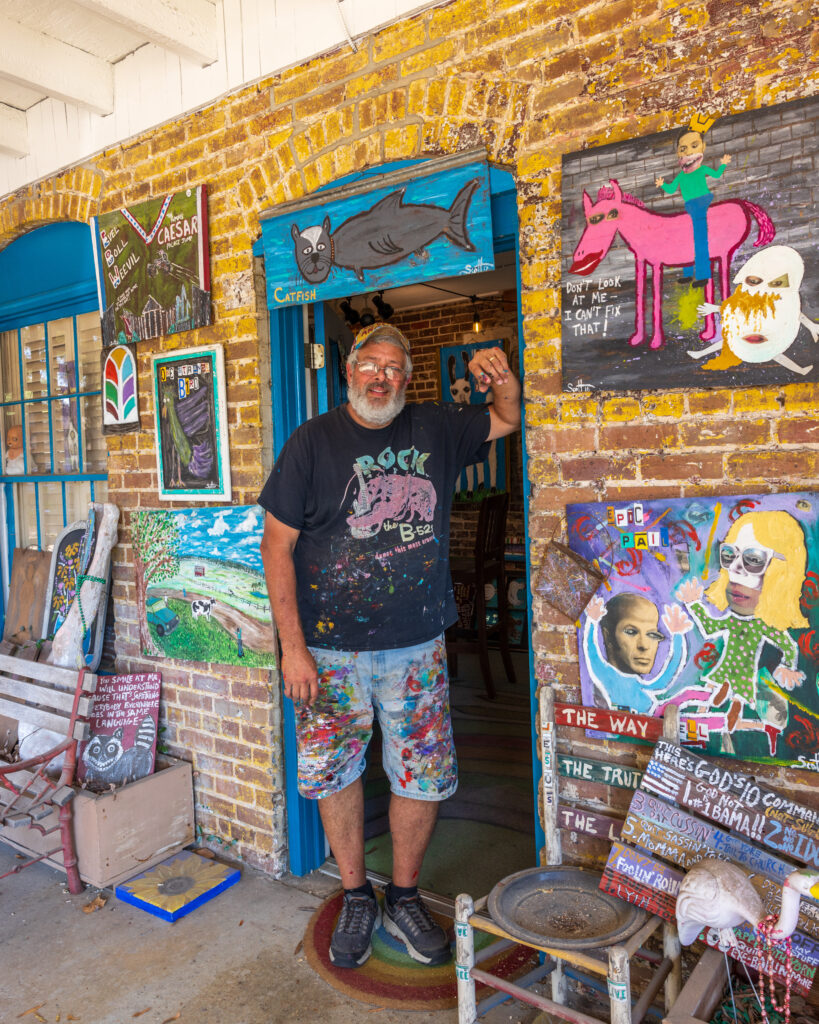
She opened the organization’s Gallery 905 in November 2015 with 40 artists and it’s now grown to more than 100 displaying their artwork from paintings in various genres, ornaments, pottery, sculpture and more. “Our mission is to build community through the arts,” she says, supporting local artists, creating an arts and culture district downtown, developing Selma as an arts destination and creating learning opportunities in the arts. “We fill a lot of voids.”
Mentone Arts Center is a focal point in a town known as an artistic community. Each of the more than 60 juried artists and makers who display work in the center has ties to the Lookout Mountain region. The center is a non-profit that often collaborates with other local organizations, including the Little River Arts Area Council and the Mentone Educational Resources Foundation, to further its goal of preserving and promoting the community’s artistic roots.
“Mentone is a very special place,” says artist Meg Justice, an exhibiting artist there, who feels a special connection to the community. “It is very supportive of the arts and artists and even had an artists’ colony here in the ’30s. This support and love of the arts was one of the main reasons we moved here.”
Meg also has a connection to local wildlife, which is evident in her intricate linocut pieces. “Inspiration is right out the back door. We have so much wildlife on Lookout Mountain, it’s an inexhaustible
supply of inspiration.”
The Huntsville Art League has been in existence since 1957 and is dedicated to education, inspiration, and empowerment of artists. The league is made up of artists and patrons, including nearly 50 exhibiting artists at its gallery at Lowe Mill. Pieces in the gallery include paintings, photography, jewelry, woodwork, and more. Active members, like digital graphic artist Shawn Dunahoo, work shifts in gallery. He welcomes the opportunity to participate.
“It’s so hard for new artists to get out in front of people,” Dunahoo says. “The cost of starting your own gallery or business and the difficulties of breaking into that world as a new unknown … How do you get past that? This is perfect for them. There’s very little cost.”
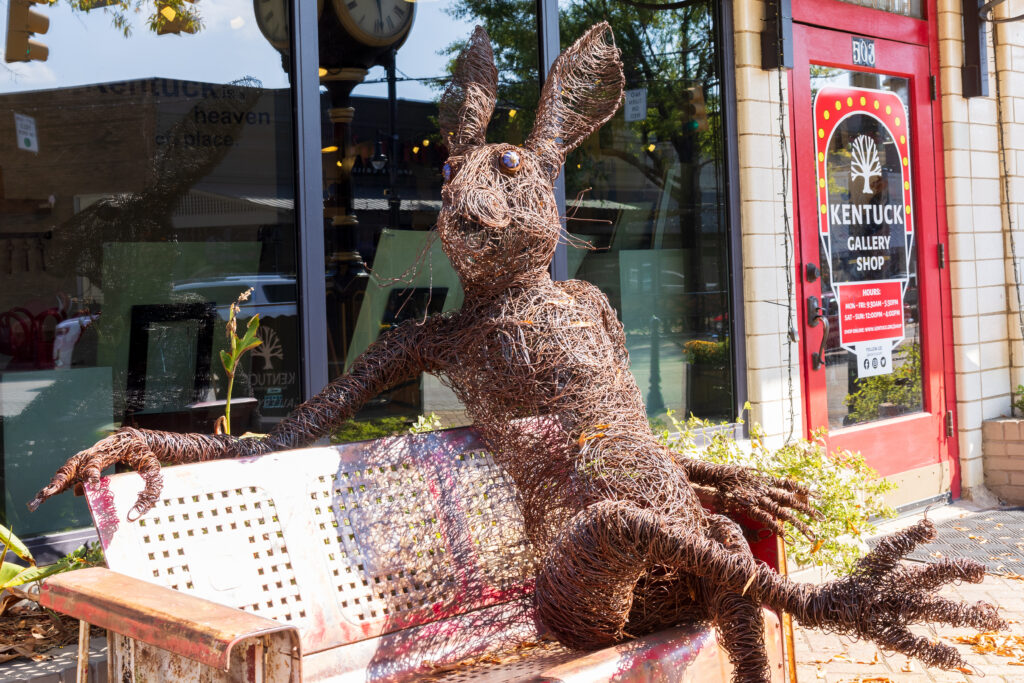
That cost includes an annual membership and monthly rental of gallery space, both of which are a great value, in his opinion. “Usually, artists will sell enough to cover that from the very get-go.
“And,” he adds, “the networking is invaluable.” Dunahoo, a musician and composer, is relatively new to the art world. His involvement with the league, he says, has been valuable in making connections, including the opportunity to be a featured artist at another gallery. “The reason that that happened was because I was here. One of the artists here, she’s a veteran but also an exhibiting artist here, dropped my name.”
Kentuck Art Center in Northport is a name that has been around for 53 years. The center provides year-round programming with a mission to perpetuate the arts, engage the community, and empower the artist. Kentuck provides opportunities to interact with art seven days a week on its campus through galleries, programs, and its Courtyard of Wonders, where studio artists are at work. The studio spaces are provided at lower-than-market price to support both the artists and the public access they provide. According to folk artist Scot McQueen, the center also provides a sense of community.
“My tribe is my art friends and we’re very close,” says McQueen, who is also a minister and former pastor. “We talk to each other. We care for each other. We’ll pray for each other and show kindness. And I try to live by that.” That philosophy can also be found in his work, which is characterized by Bible verses, song lyrics, and quotes that inspire social justice and kindness.
Many artists find supporting fellow creators and expanding the reach of the arts community is also a part of their purpose. This is certainly true of Heather Parrish, artist and co-owner of Southern Art & Makers Collective in Montgomery.
“I had this dream in my heart,” Parrish says, “to have a place where artists can feel represented. I just think that there are more artists out there than galleries can represent.” Parrish and her business partner, artist Aleah Goode, have been operating the collective since 2019 and consider it a very “artist forward” endeavor. Artists rent space in the gallery and Parrish and Goode manage it.
Parrish’s current work is in two-dimensional mixed media. “I’m working right now in collage,” she says. “Mainly collage with words. I love layers. Any work that you see by me is going to have a lot of layers to it. I just feel like that’s kind of a representation of life right now.”
One layer of her work includes running the business side of the collective. “When I’m behind the desk,” she says of her day-to-day operations, “I’m there to represent all of us.” Today, nearly 100 artists and makers are benefiting from her dream to give them a place they feel represented.
Artist Linda Munoz’s work is represented throughout the state, both in galleries and as public art. Her home is not far from Black Belt Treasures Cultural Arts Center in Camden. The non-profit was started in 2005 with the objective to stimulate the economy in Alabama’s Black Belt region through the sale and promotion of fine arts and heritage crafts. More than 400 artists are now represented there, including Munoz, who created the gallery’s sign using her signature mosaic style and including artifacts from fellow Black Belt artists. The sign is just one of her prominent projects created because of her commitment to support community-driven art.
“A lot of them are projects that I do with community members,” Munoz explains, “like the steps at DeSoto Falls and the tree at Kentuck on the side of the gallery.” For many of the works, she has donated her time and talent. “That’s what you do. If you believe in engaging the community, that’s a great way to do it. People take ownership then of that artwork.” Her efforts to engage the community have included teaching an integrated mosaic arts program in schools across the Black Belt and organizing youth mosaic workshops with the Black Belt Glass Arts Guild.
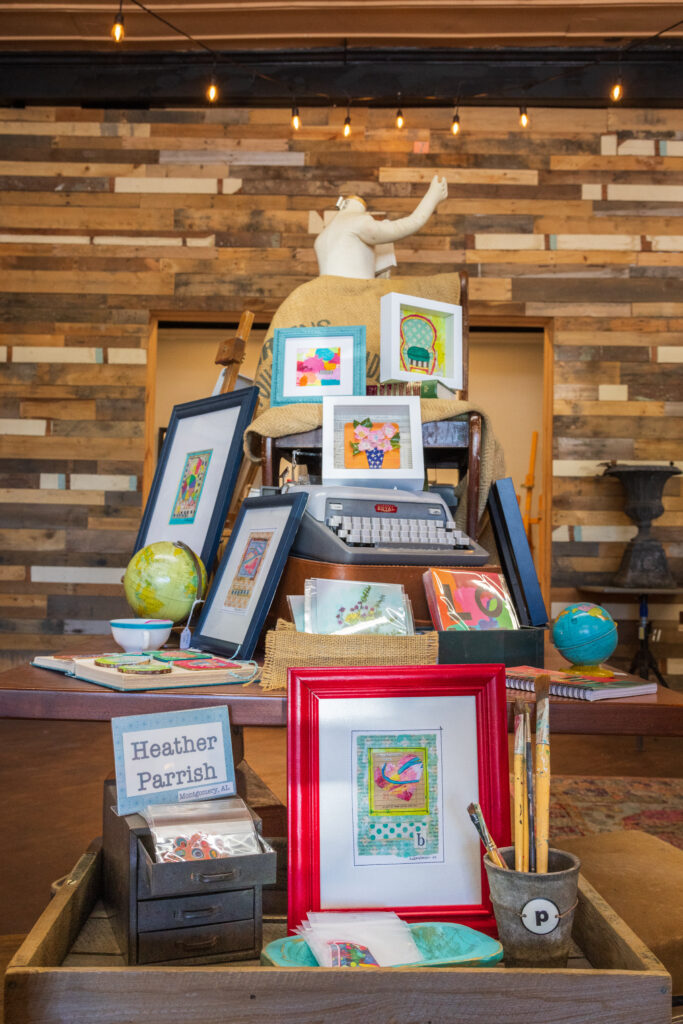
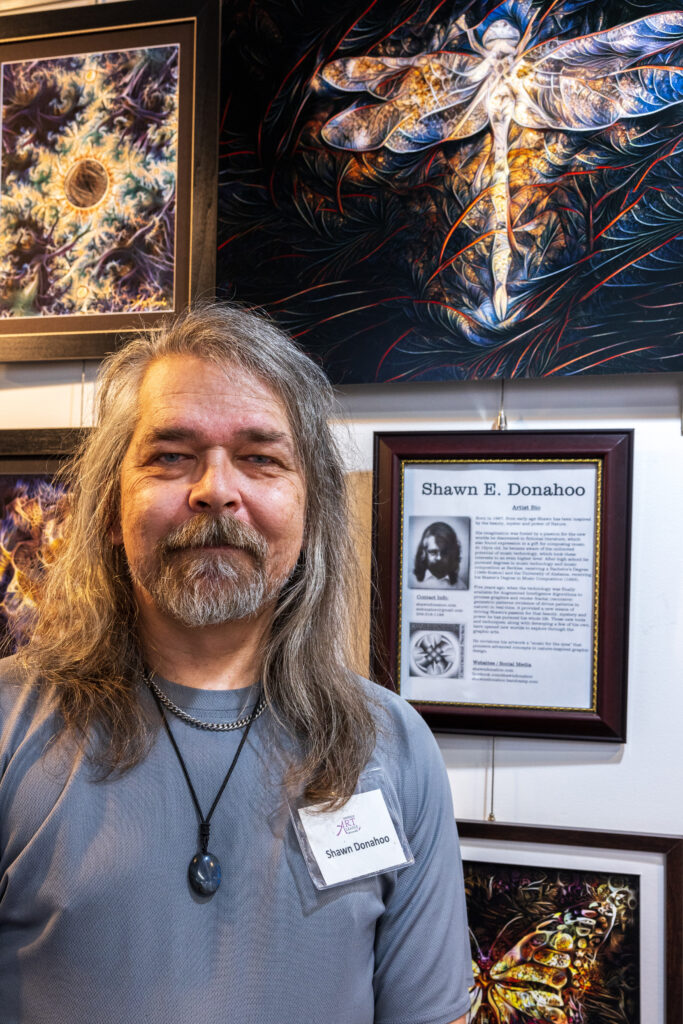
The 10,000-square-foot Coastal Arts Center of Orange Beach displays the work of more than 100 juried artists. The center’s waterfront campus includes a Clay Studio and Hot Shop, where resident artists work and teach onsite. This is also the site of a fine art festival each spring. The programs and events of the city-owned gallery are also supported by a local Friends of the Arts group. The combination of efforts, according to Steve Burrow, a Gulf Shores potter, is a very positive one for artists. His pieces are characterized by coastal colors, sea creatures and wave-like movements and he says the center provides an excellent sales outlet.
“They sell our work,” he says of the gallery, “and they do a good job of that.” According to Burrow, the gallery, programs, and events have combined to raise the profile of art in the community. “They bring it all together.” Burrow says the gallery and its activities also connects artists with each other and the public, making the entire coastal creative community stronger.
These locations and artists are just a small sample of the amazing and diverse arts community throughout the state. New artist-led cooperative efforts are evolving all the time. One example is the Bluff City Arts Alliance, formed in 2023 in Eufaula, with the goal of celebrating local artists, igniting creativity, and encouraging community involvement. And of course, curated collections can be found at art galleries and museums around the state.
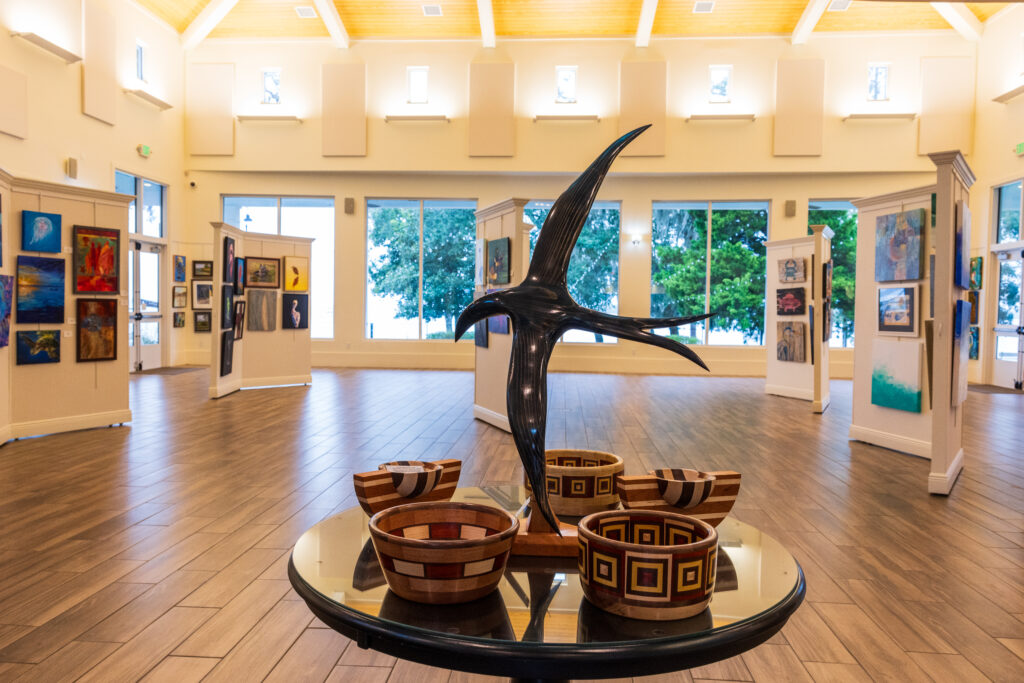
One layer of her work includes running the business side of the collective. “When I’m behind the desk,” she says of her day-to-day operations, “I’m there to represent all of us.” Today, nearly 100 artists and makers are benefiting from her dream to give them a place they feel represented.
Artist Linda Munoz’s work is represented throughout the state, both in galleries and as public art. Her home is not far from Black Belt Treasures Cultural Arts Center in Camden. The non-profit was started in 2005 with the objective to stimulate the economy in Alabama’s Black Belt region through the sale and promotion of fine arts and heritage crafts. More than 400 artists are now represented there, including Munoz, who created the gallery’s sign using her signature mosaic style and including artifacts from fellow Black Belt artists. The sign is just one of her prominent projects created because of her commitment to support community-driven art.
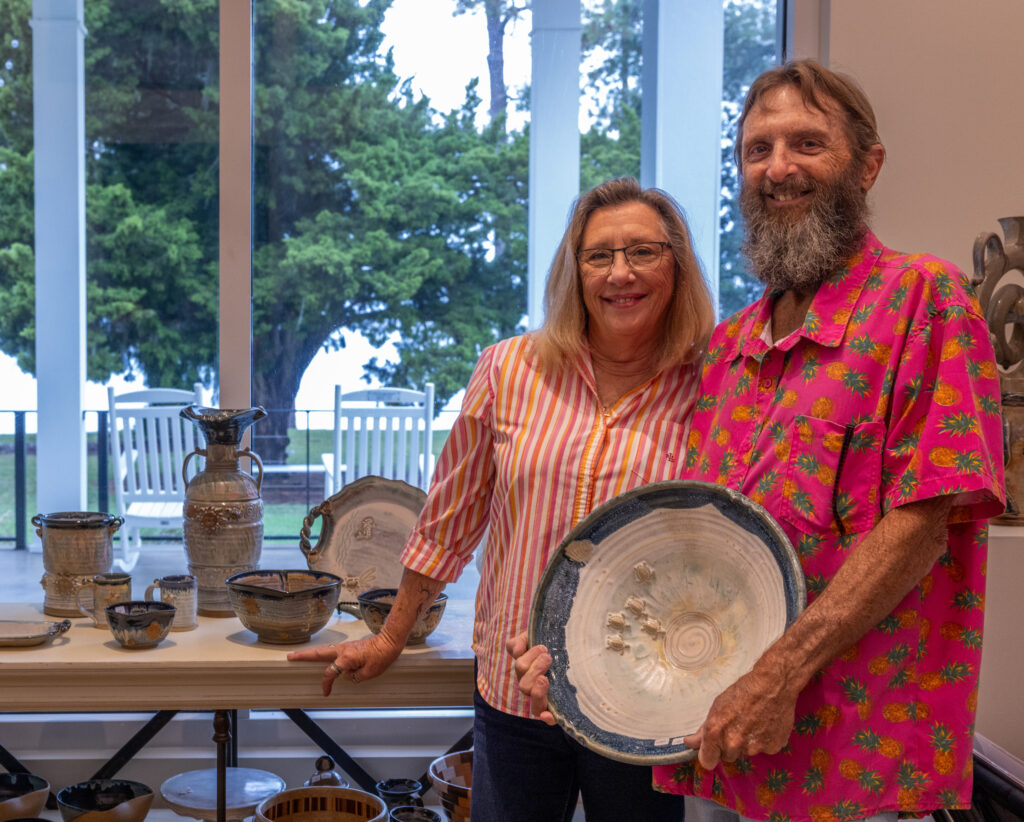
“A lot of them are projects that I do with community members,” Munoz explains, “like the steps at DeSoto Falls and the tree at Kentuck on the side of the gallery.” For many of the works, she has donated her time and talent. “That’s what you do. If you believe in engaging the community, that’s a great way to do it. People take ownership then of that artwork.” Her efforts to engage the community have included teaching an integrated mosaic arts program in schools across the Black Belt and organizing youth mosaic workshops with the Black Belt Glass Arts Guild.
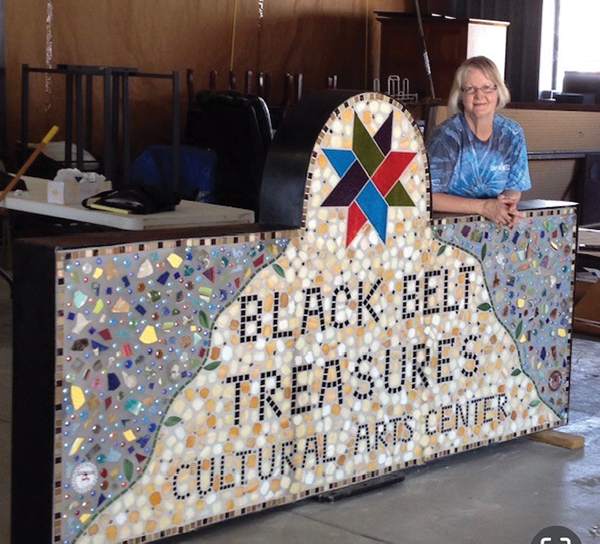
The 10,000-square-foot Coastal Arts Center of Orange Beach displays the work of more than 100 juried artists. The center’s waterfront campus includes a Clay Studio and Hot Shop, where resident artists work and teach onsite. This is also the site of a fine art festival each spring. The programs and events of the city-owned gallery are also supported by a local Friends of the Arts group. The combination of efforts, according to Steve Burrow, a Gulf Shores potter, is a very positive one for artists. His pieces are characterized by coastal colors, sea creatures and wave-like movements and he says the center provides an excellent sales outlet.
“They sell our work,” he says of the gallery, “and they do a good job of that.” According to Burrow, the gallery, programs, and events have combined to raise the profile of art in the community. “They bring it all together.” Burrow says the gallery and its activities also connects artists with each other and the public, making the entire coastal creative community stronger.
These locations and artists are just a small sample of the amazing and diverse arts community throughout the state. New artist-led cooperative efforts are evolving all the time. One example is the Bluff City Arts Alliance, formed in 2023 in Eufaula, with the goal of celebrating local artists, igniting creativity, and encouraging community involvement. And of course, curated collections can be found at art galleries and museums around the state.
